
Citroën C4 Cactus Hatchback (2014-2018) engines, drive and performance
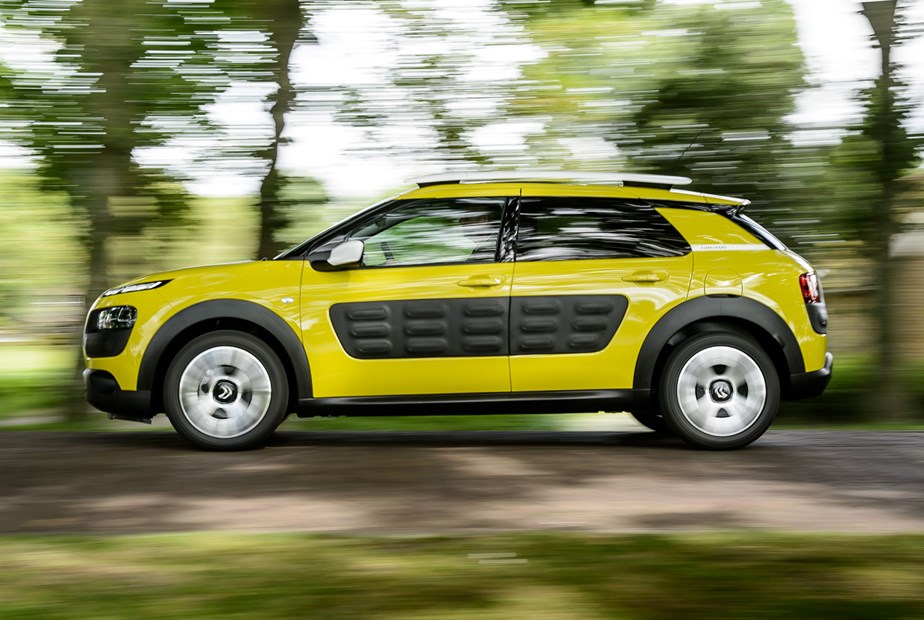
- Petrol engines are efficient and characterful
- Diesel engines are efficient and downright noisy
- Comfortable suspension and relaxing driving experience
Engineered to offer value rather than speed, Citroen C4 Cactus performance is rather leisurely – but that suits the ethos of the car. It’s easy and relaxing to drive, and the choice of six torquey-engines play a massive part in that.
Petrol engines
The firm’s new range of PureTech engines are either naturally aspirated or turbocharged to improve the balance of performance and economy – but all are three-cylinders only. They’re not as breathless as they sound, though.
We’ve driven the range-topping PureTech 110 S&S (start/stop) which, as the nomenclature suggests, develops 110hp. It’s deceptively smooth and, at anything but heavy throttle, you’d struggle to detect the ‘missing’ cylinder from the layout. There’s little in the way of vibration or noise.
Accelerate hard and the traditional three-cylinder thrum soon becomes apparent, but it’s far from being tiring. It simply adds to this car’s sense of fun. It’s the only turbocharged model in the PureTech petrol engine range and, on the road, it’s relatively brisk.
.jpg)
Those more concerned with fuel economy than speed should look one space down the line-up, towards the naturally aspirated PureTech 82 S&S. It uses the 110’s start/stop system to achieve over 65mpg and emit less than 100g/km of CO2.
Otherwise, the petrol line up is bolstered by the PureTech 75 and PureTech 82 models which make do without stop/start or a turbocharger. Again, value is at the forefront of the reasoning behind their existence and both promise impressive economy and efficiency.
Diesel Engines
There are only two diesel engine choices for the C4 Cactus. One has 92hp and the other with 100hp – so, in truth, there’s little difference in performance for the pair. Badged BlueHDi, the pairing deliver strong performance and impressive economy, although it’s worth mentioning that this car’s pared-down design extends to the sound deadening. We found the the clatter of the oil-burners to be ever present.
.jpg)
Choose the most powerful model and, with standard stop/start, the C4 Cactus can achieve over 90mpg while emitting just over 80g/km of CO2. The 1.6-litre 92hp model fitted with the automatic gearbox emits 92g/km and can return up to 81mpg.
Gearboxes
There’s little choice when it comes to transmission. There’s either a five-speed manual gearbox or Citroen’s Efficient Tronic Gearbox (ETG) automatic.
The latter is an automated manual, so it can’t offer the refinement and smoothness of a real self-shifter. The pause in power when swapping cogs is improved over previous iterations, but it’s still clearly noticeable, and rears its head as an ugly lurch in forward motion with every change.
Our advice? Choose the manual instead. It’s no parlance of shift quality or precision – the gate is decidedly woolly and the action incredibly light. But it’s not obstructive and, like much of this car’s dynamic qualities, it encourages you to relax and take things a little easier.
What’s it like to drive?
Trying to recapture the magic of its heritage, the French firm is seeing something of a product revolution – but this is the first Citroen we’ve driven in a long time that rides like a Citroen should. There’s a suppleness and a softness to way it glides over larger bumps, and you could be forgiven for thinking there’s some mystery to its suspension set-up.
But unlike the firm’s cars of old, the C4 Cactus isn’t suspended on any hydropneumatics, just conventional steel springs, regular dampers and 17-inch wheels slotted between those caricatured arches.
That does mean there’s some body roll to be found, and you don’t even need to be travelling very quickly to stumble upon it. Don’t worry though, as even this can’t detract from the fun to be had from behind the wheel – with the Cactus weighing around 200kg less than a regular C4 you can genuinely feel the weight(loss) of the car. The result is a car that feels delightfully nimble and agile.
There’s little weight in the steering, but that doesn’t detract from your confidence and though this isn’t a chassis full of communication or grip, it does at least tell you what is happening; when the body roll comes into play you realise you’re closer to the limits, unlike many modern cars which move around so flatly there’s no forewarning of any loss of grip.


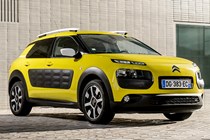
.jpg)
.jpg)
.jpg)
.jpg)
.jpg)
.jpg)
.jpg)
.jpg)
.jpg)
.jpg)
.jpg)
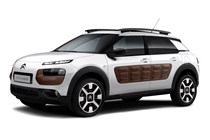
.jpg)
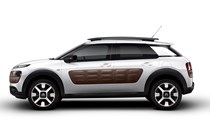
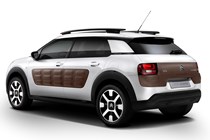

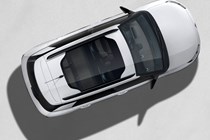
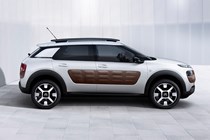
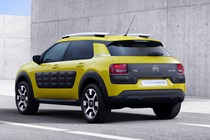
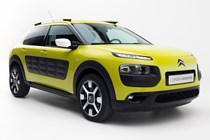
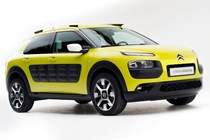
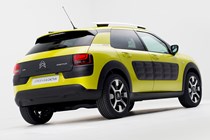
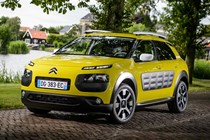
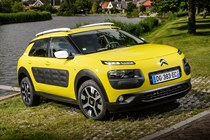
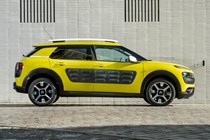
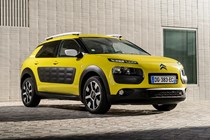
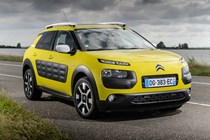
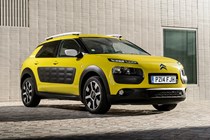

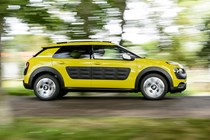
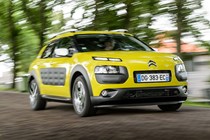
.jpg)
.jpg)
.jpg)
.jpg)
.jpg)
.jpg)
.jpg)
.jpg)
.jpg)
.jpg)
.jpg)
.jpg)
.jpg)
.jpg)
.jpg)
.jpg)
.jpg)
.jpg)
.jpg)
.jpg)
.jpg)
.jpg)
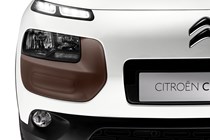
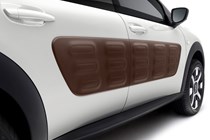
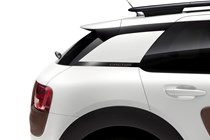
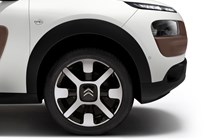
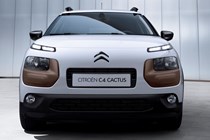
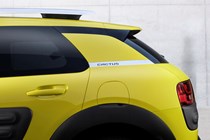
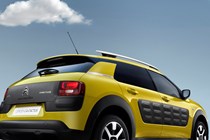
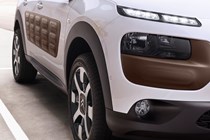
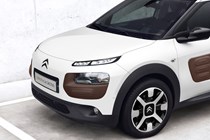
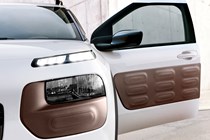
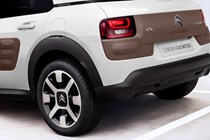
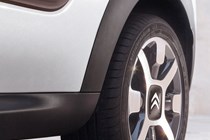
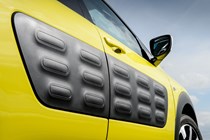
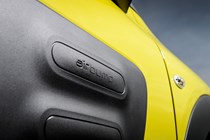
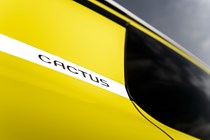
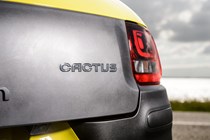

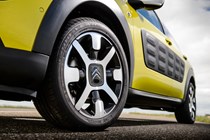
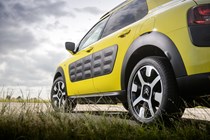
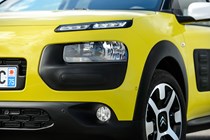
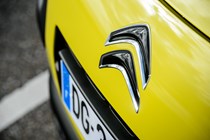
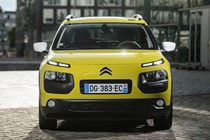
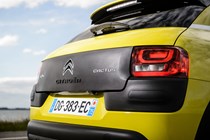
.jpg)
.jpg)
.jpg)
.jpg)
.jpg)
.jpg)
.jpg)
.jpg)
.jpg)
.jpg)
.jpg)
.jpg)
.jpg)
.jpg)
.jpg)
.jpg)
.jpg)
.jpg)
.jpg)
.jpg)
.jpg)
.jpg)
.jpg)
.jpg)
.jpg)
.jpg)
.jpg)
.jpg)
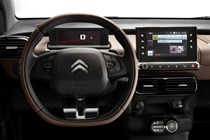
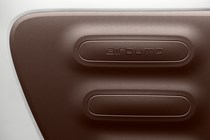
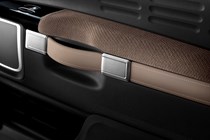
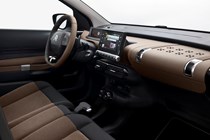
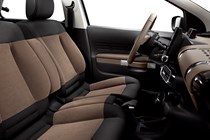
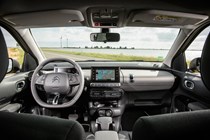
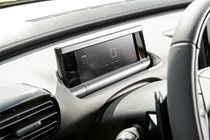
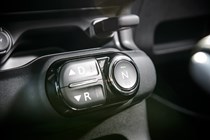
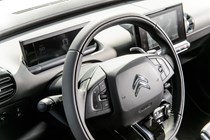
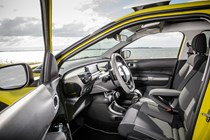
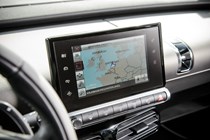
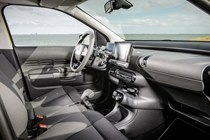
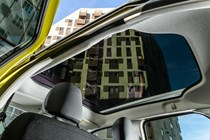
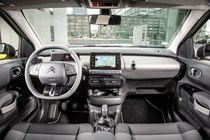
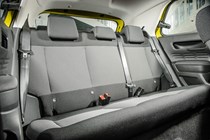
.jpg)
.jpg)
.jpg)
.jpg)
.jpg)
.jpg)
.jpg)
.jpg)
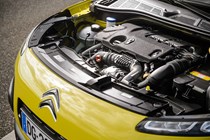
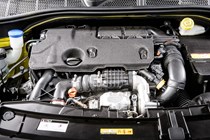

.jpg?quality=50)
.jpg?quality=50)
.jpg?quality=50)
.jpg?quality=50)
.jpg?quality=50)
.jpg?quality=50)
.jpg?quality=50)
.jpg?quality=50)
.jpg?quality=50)
.jpg?quality=50)
.jpg?quality=50)

.jpg?quality=50)


















.jpg?quality=50)
.jpg?quality=50)
.jpg?quality=50)
.jpg?quality=50)
.jpg?quality=50)
.jpg?quality=50)
.jpg?quality=50)
.jpg?quality=50)
.jpg?quality=50)
.jpg?quality=50)
.jpg?quality=50)
.jpg?quality=50)
.jpg?quality=50)
.jpg?quality=50)
.jpg?quality=50)
.jpg?quality=50)
.jpg?quality=50)
.jpg?quality=50)
.jpg?quality=50)
.jpg?quality=50)
.jpg?quality=50)
.jpg?quality=50)























.jpg?quality=50)
.jpg?quality=50)
.jpg?quality=50)
.jpg?quality=50)
.jpg?quality=50)
.jpg?quality=50)
.jpg?quality=50)
.jpg?quality=50)
.jpg?quality=50)
.jpg?quality=50)
.jpg?quality=50)
.jpg?quality=50)
.jpg?quality=50)
.jpg?quality=50)
.jpg?quality=50)
.jpg?quality=50)
.jpg?quality=50)
.jpg?quality=50)
.jpg?quality=50)
.jpg?quality=50)
.jpg?quality=50)
.jpg?quality=50)
.jpg?quality=50)
.jpg?quality=50)
.jpg?quality=50)
.jpg?quality=50)
.jpg?quality=50)
.jpg?quality=50)















.jpg?quality=50)
.jpg?quality=50)
.jpg?quality=50)
.jpg?quality=50)
.jpg?quality=50)
.jpg?quality=50)
.jpg?quality=50)
.jpg?quality=50)

